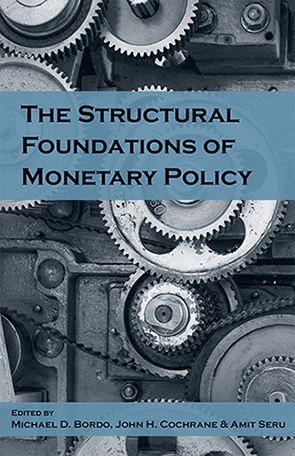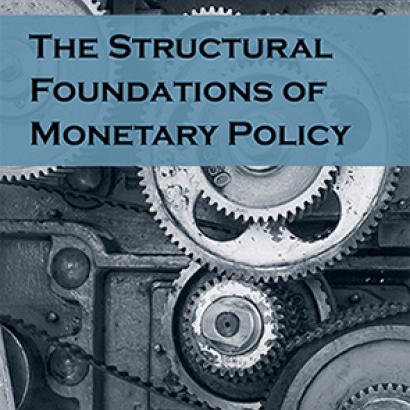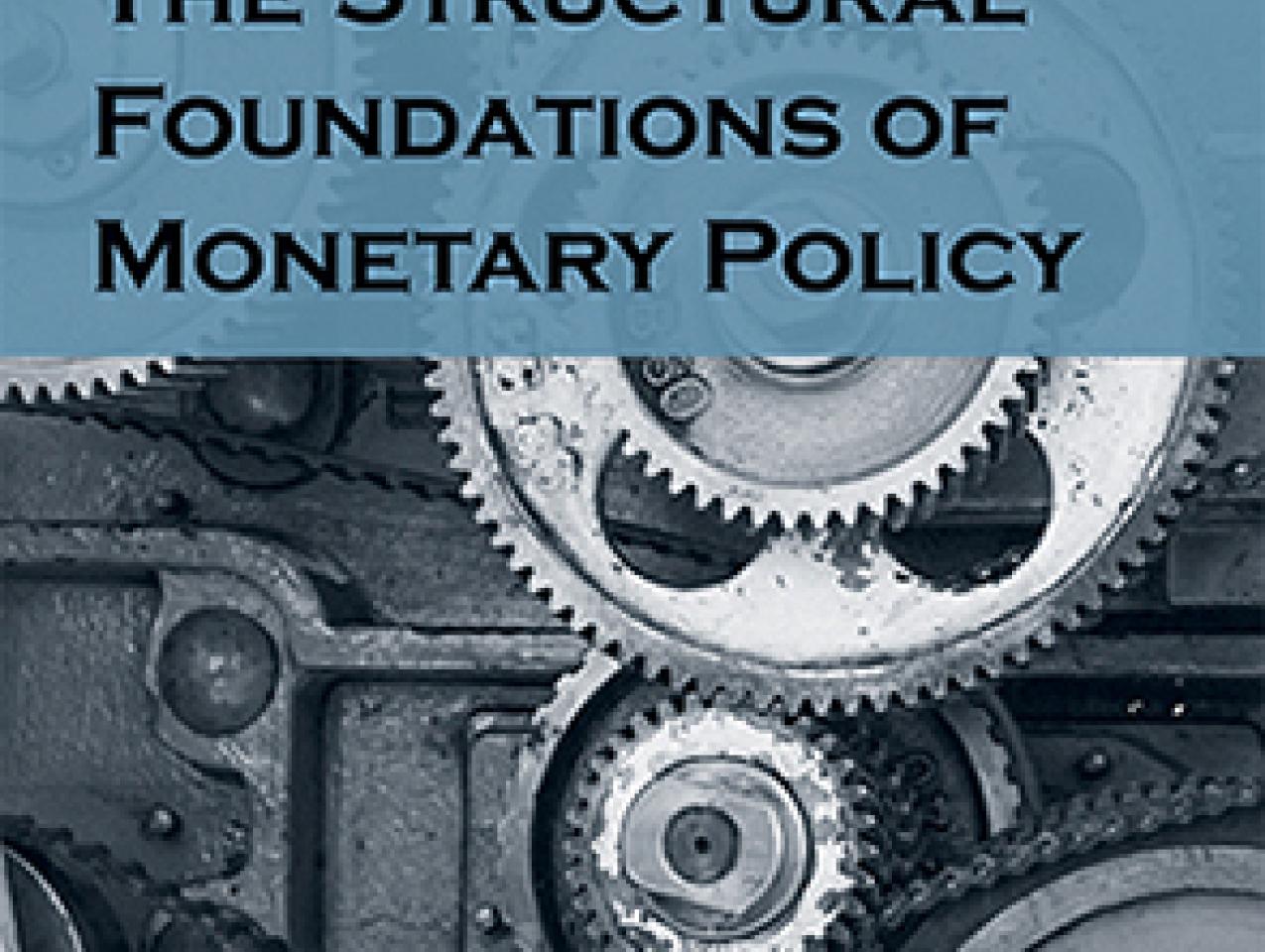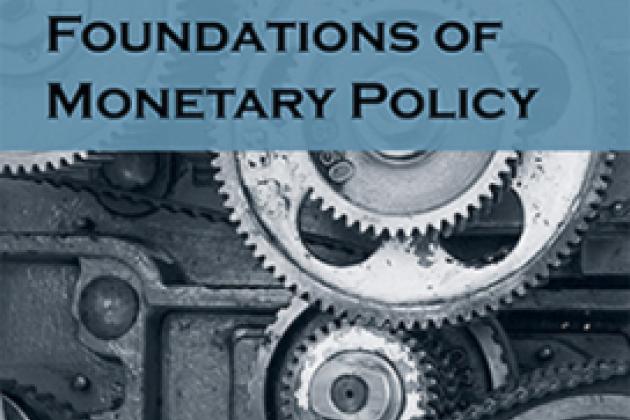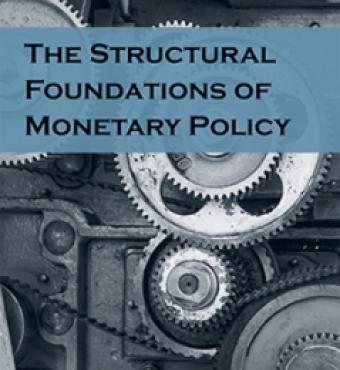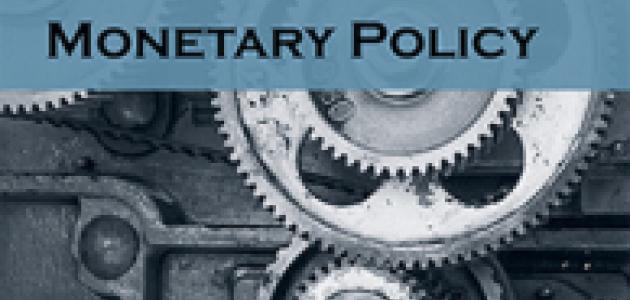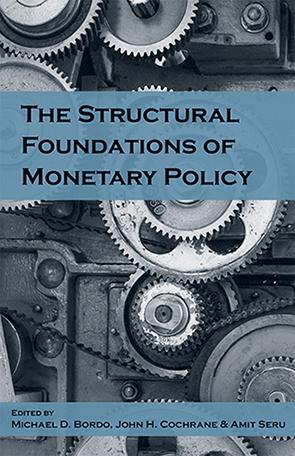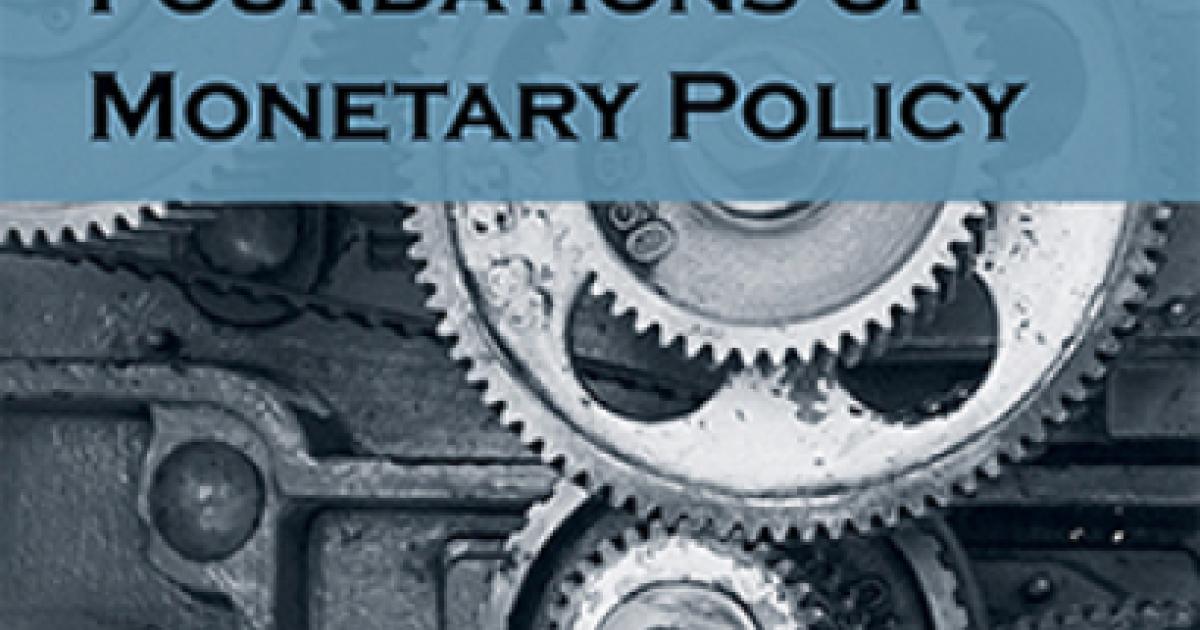Publication Date: March 2018
In The Structural Foundations of Monetary Policy, Michael D. Bordo, John H. Cochrane, and Amit Seru bring together discussions and presentations from the Hoover Institution’s annual monetary policy conference. The conference participants discuss long-run monetary issues facing the world economy, with an emphasis on deep, unresolved structural questions. They explore vital issues affecting the Federal Reserve, the United States’ central bank. They voice concern over the Fed’s independence, governance, and ability to withstand future shocks and analyze the effects of its monetary policies and growing balance sheet in the wake of the 2008 financial crisis.
The authors ask a range of questions that get to the heart of twenty-first-century monetary policy. What should the role of the Fed be? Which policies and strategies will mitigate the risks of the next crisis and at the same time spur innovation and job creation? How can new technology make the Fed’s payment system safer, faster, and more efficient? What does the emergence of crypto-currencies such as Bitcoin mean for competition and stability? How can the Fed defend itself against exploitation and politicization?
Finally they propose reforms to ensure that the Fed will remain independent, stable, strong, and resilient in an unpredictable world.
For more information, visit the Hoover Press; or download PDFs of individual chapters below.
CHAPTER 1: The Balance Sheet
Section One - The Risks of a Fed Balance Sheet Unconstrained by Monetary Policy
by Charles I. Plosser
Section Two - Alternatives for Reserve Balances and the Fed’s Balance Sheet in the Future
by John B. Taylor
Section Three - The Size of the Fed’s Balance Sheet
by Arvind Krishnamurthy
CHAPTER 2: The Natural Rate
Section One - R- Star: The Natural Rate and Its Role in Monetary Policy
by Volker Wieland
Section Two - Should Policy Makers Worry about R-Star?
by Lee E. Ohanian
CHAPTER 3: Lessons from the Quiet Zero Lower Bound
Section One - The Radical Implications of Stable Quiet Inflation at the Zero Bound
by John H. Cochrane
Section Two - Comments on the Zero Lower Bound
by Martin Eichenbaum
CHAPTER 4: Monetary Policy and Payments
Section One - Payment Systems and the Distributed Ledger Technology
by Laurie Simon Hodrick
Section Two - Cryptocurrencies
by Jesús Fernández- Villaverde and Daniel Sanches
Section Three - Central Bank Digital Currency and the Future of Monetary Policy
by Michael D. Bordo and Andrew T. Levin
CHAPTER 5: Monetary Policy Making When Views Are Disparate
by John B. Taylor
CHAPTER 6: Monetary Rules and Committees
by Stanley Fischer
CHAPTER 7: The Euro Crisis
by Markus Brunnermeier
CHAPTER 8: Monetary Policy Reform
by Kevin Warsh
CHAPTER 9: Policy Panel
by James Bullard, John H. Cochrane, Charles L. Evans, and Eric Rosengren
ABOUT THE HOOVER INSTITUTION’S WORKING GROUP ON ECONOMIC POLICY







